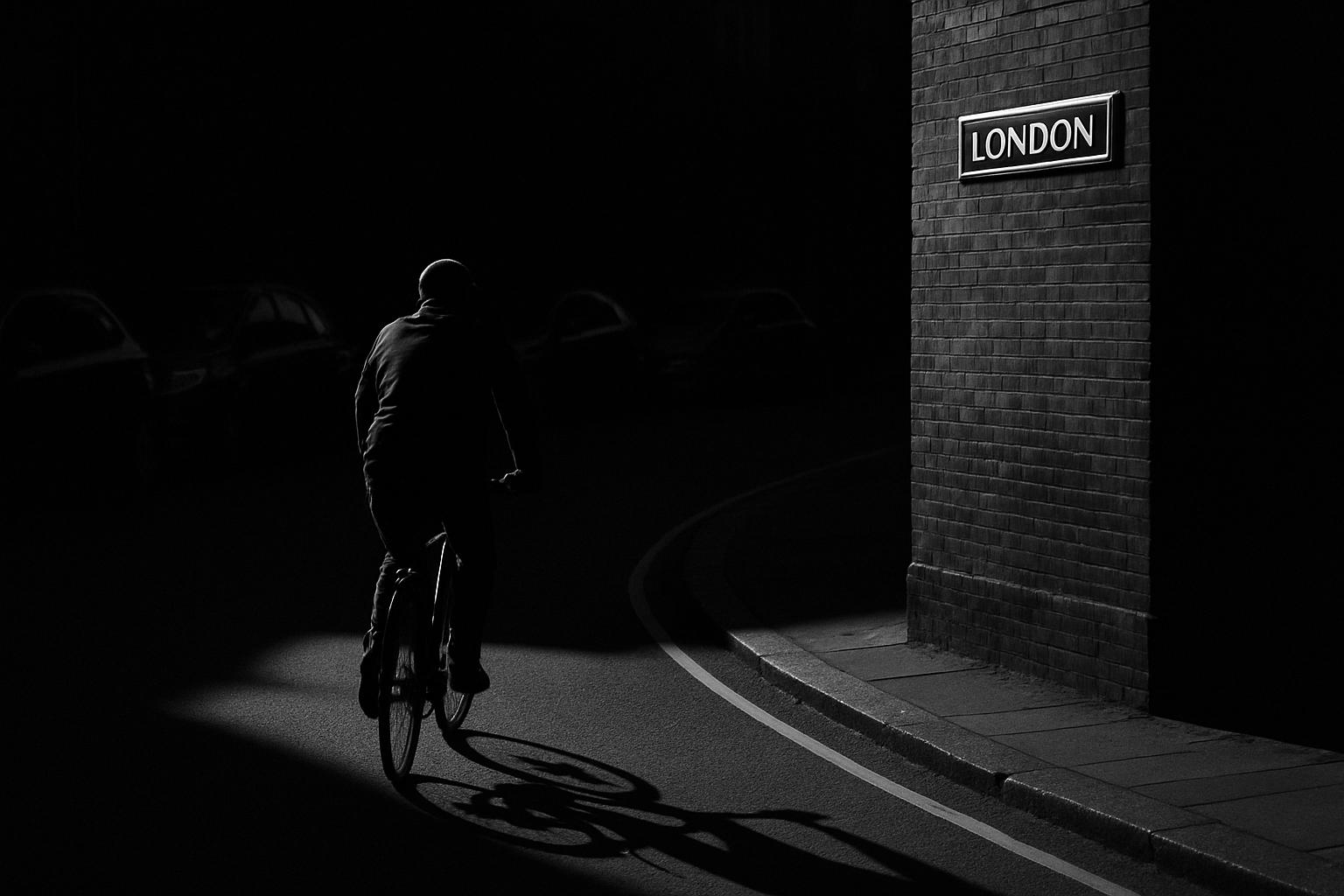Sir Sadiq Khan's administration at Transport for London (TfL) has come under scrutiny for shelving a key report on Low Traffic Neighbourhoods (LTNs) after it revealed the schemes did not reduce car usage, despite earlier claims touting environmental benefits. The study, commissioned from the University of Westminster and costing over £82,000, found that while LTNs increased cycling, they failed to encourage residents to reduce their car journeys or increase walking. This contradicts the Mayor of London’s previous assertions that LTNs significantly cut traffic and improve air quality.
Internal emails between TfL officials and the university expose concerns about the potentially damaging findings to Sir Khan's narrative on LTNs. Officials debated how to present the results more favourably or avoid publicity altogether, noting the report was written in jargon and thus inaccessible to the public. One researcher described the conclusions as “underwhelming,” leading to the decision not to publish the full report and to withdraw funding in mid-2023. Critics, including campaigners like John Stewart from Social and Environmental Justice, have condemned the move as a suppression of important evidence that could have informed policymakers and the public, suggesting it was motivated by a reluctance to admit LTNs' shortcomings.
The study involved surveying over 4,500 residents about their travel habits and cross-referencing data with the extent of LTNs in their area. It showed a clear increase in cycling among those living within LTNs but found car usage was unchanged, and pedestrian activity did not significantly rise. This nuanced outcome reveals that while LTNs may promote some active travel, they do not achieve the broader goal of reducing car dependency.
The findings coincide with real-world issues stemming from LTNs, particularly the Streatham Wells scheme in Lambeth, which was suspended after causing severe congestion. Buses struggled to move efficiently, with reports of journeys taking over two hours for less than three miles along the A23, a key corridor. Sadiq Khan openly acknowledged these problems, admitting the scheme’s unintended consequences and pledging adjustments. Local residents and businesses had previously voiced frustration over the traffic chaos and disruption caused by the LTN.
This controversy unfolds against a backdrop of ongoing London-wide tensions around LTNs. Although several boroughs have faced pressure to remove or modify these schemes, including a legal ruling confirming the lawfulness of Tower Hamlets Council’s decision to scrap LTNs, Sir Khan remains committed to expanding them. Recently, he announced funding for up to 30 more LTNs across the capital, aiming to improve road safety and air quality, despite opposition and calls for greater public consultation.
Nationally, the political debate around LTNs is mixed. A government-commissioned report ordered by Prime Minister Rishi Sunak found that LTNs enjoy general popularity among local residents and do not significantly displace traffic onto surrounding roads. This contrasts with TfL’s suppressed study and some local experiences in London, highlighting the complexity of urban traffic management and the challenges in balancing environmental goals with community impact.
The decision to withhold the TfL-commissioned report has raised questions about transparency and the integrity of evidence-based policymaking in London’s transport strategy. While LTNs aim to create greener, safer neighbourhoods, their mixed results and contentious implementation underscore the need for ongoing assessment and engagement with affected communities.
📌 Reference Map:
- Paragraph 1 – [1], [2]
- Paragraph 2 – [1], [2]
- Paragraph 3 – [1]
- Paragraph 4 – [1], [3], [5]
- Paragraph 5 – [1], [4], [6]
- Paragraph 6 – [7], [1]
Source: Noah Wire Services
